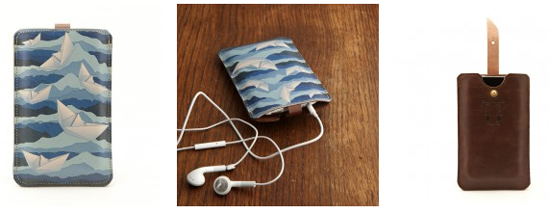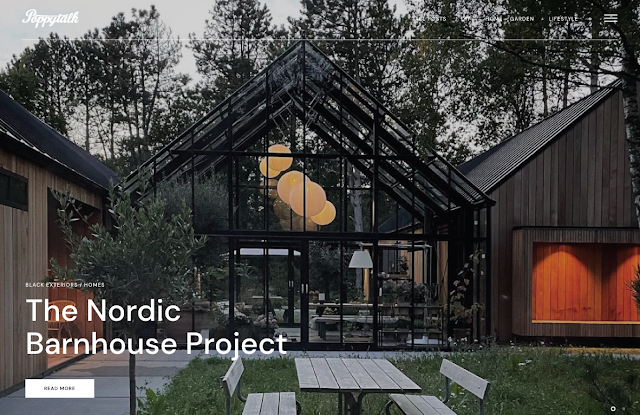 |
| tovicorrie |
Wholesale Strategies
To attract a wholesale customer, you have to think about where the images will be seen. Do you primarily drive wholesale traffic via your website? Do you create a PDF catalog to send to stores? Are stores finding you because you received press or were repinned online? You should always be studying which of your photos attract the most attention - that’s good information!
A retailer wants to envision your products in their shop, merchandised with everything else they have, so products shot against a white background make it easy to focus just on the product. If you have special packaging, it’s good to include a shot in your catalog so a retailer can think about how to fit that in - if you sell printed artwork, does it come flat with a backing board, or rolled in a tube? In a store, each kind of packaging has a different display presentation.
You also have to consider what you are selling. For example, wholesale fashion lines often shoot flat on a white background for a catalog. Some clothing lines are even represented primarily by drawings and not photos at all; they will have a separate look book with photos of the clothing on models. These are still important photos to take to establish the direction of your collection, but a fashion buyer often sees lines in person and just uses the catalog for an ordering reference.
Retail Strategies
For direct/retail, you are probably selling primarily online on your own website. You have the ability to include many photos per product, so you can shoot them many different ways: in use, focusing in on a detail, on a white background, or contextually in a room. Photos that offer details about size and scale are very useful so that people don’t do a double-take when your work shows up in the mail.
Stylistic consistency can really make your presentation look finished and well thought-out. This doesn’t mean that every shot needs the same props, but maybe you lay products out the same way, or draw from a themed selection of props when shooting your new collection.
Similarly, if you show a group of thumbnails on one page, every photo should be the same kind of shot. That means these main photos are all shot from above, all on a model, or all on the same background, for example. Your page will look more cohesive, even if the products are not that similar to each other.
Do you have a particular method of photographing your products that work for you?
Rena Tom is a retail strategist for creative business owners. Rena blogs about personal projects as well as retail trends and small business tips at renatom.net. She lives in San Francisco with her husband and baby boy in an apartment filled with too many laptops, Sprecher root beer, half-finished craft projects and overdue library books. Look out for her new e-book, Retail Readiness coming soon!







No comments:
Post a Comment